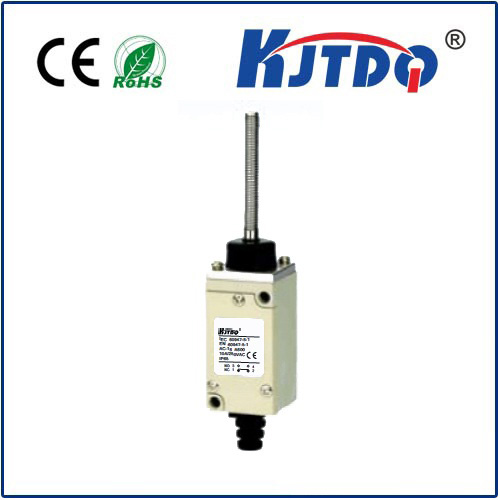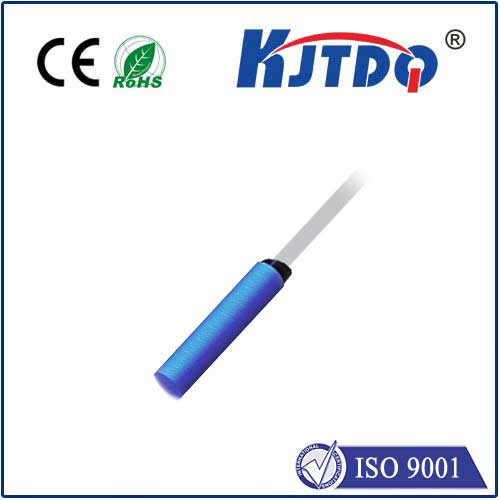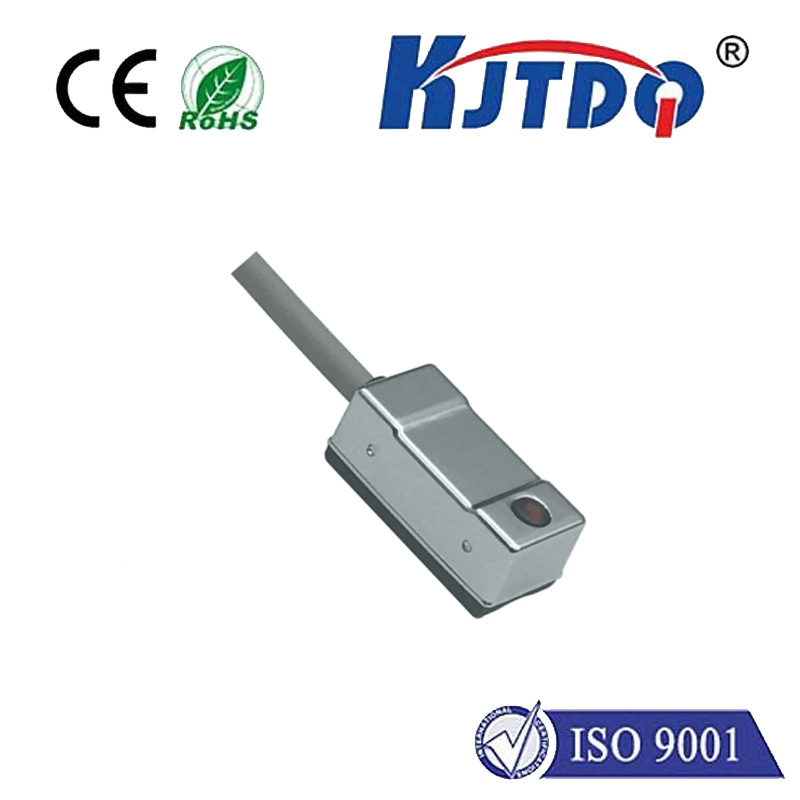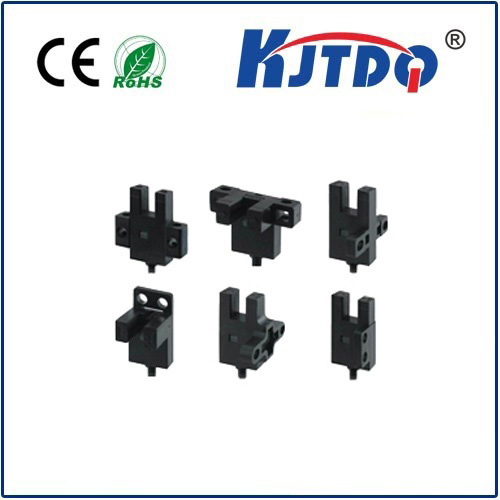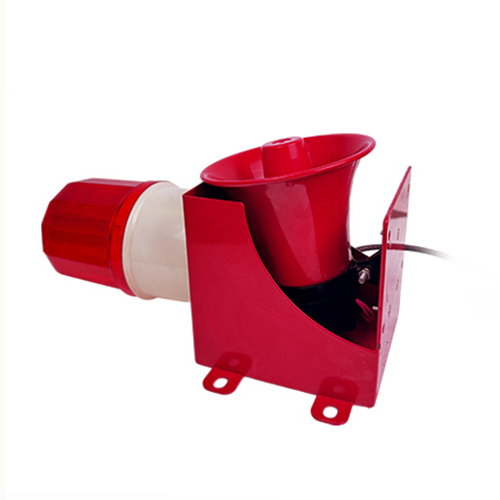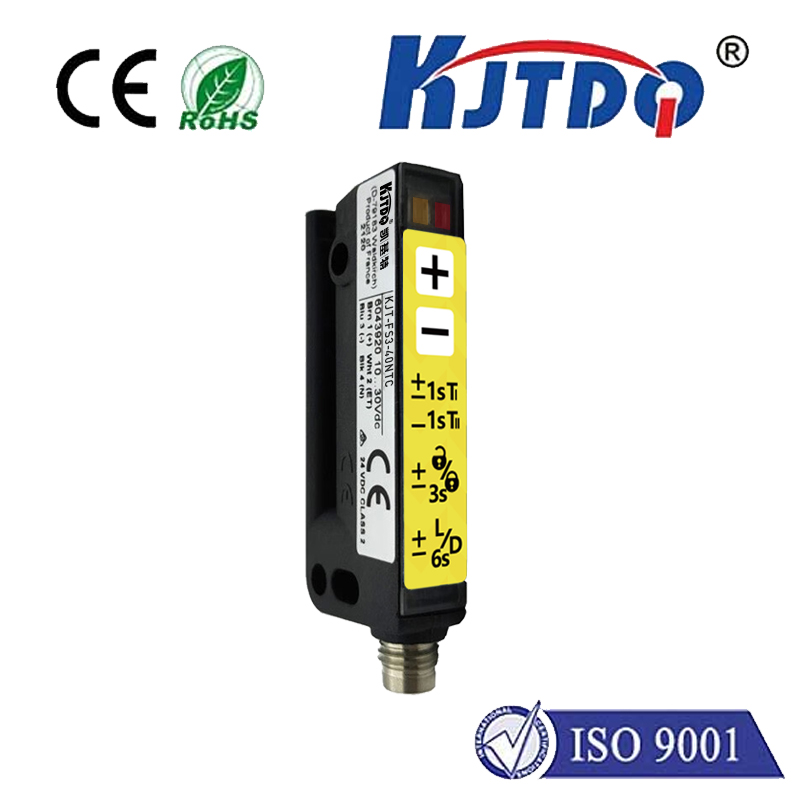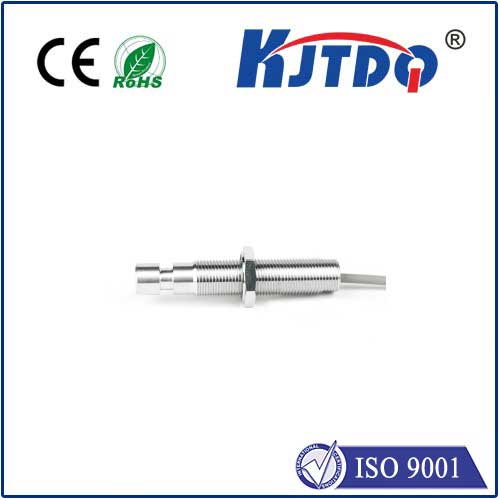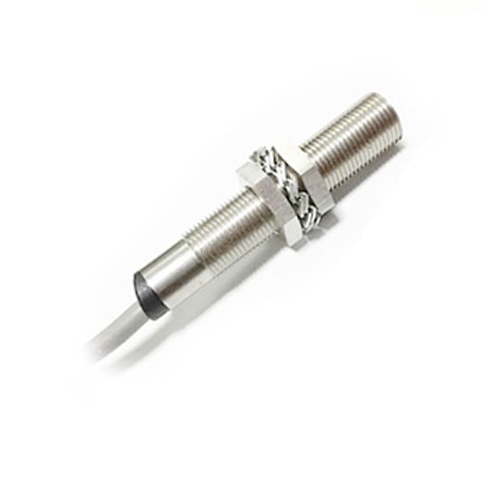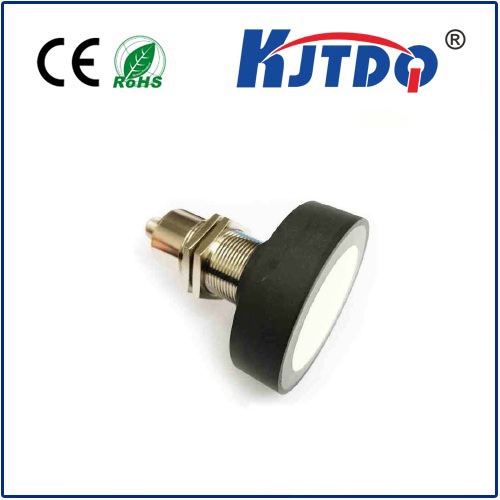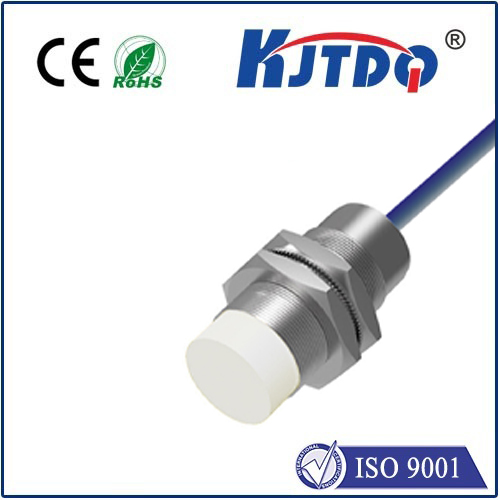PN2512 pressure sensor
- time:2025-09-24 02:09:18
- Click:0
Unlock Precision Measurement: The PN2512 Pressure Sensor Explained
In the intricate world of industrial automation, medical diagnostics, HVAC systems, and countless other critical applications, the ability to accurately measure pressure isn’t just convenient – it’s fundamental. Precision pressure data controls processes, ensures safety, optimizes performance, and enables innovation. At the heart of many reliable and high-performance systems lies a workhorse of sensing technology: the PN2512 pressure sensor. This compact yet powerful component exemplifies how advanced engineering delivers critical data in demanding environments. Understanding its capabilities is key to unlocking enhanced system control and efficiency.
More Than Just a Gauge: The Technology Behind PN2512
The PN2512 belongs to the family of piezoresistive pressure sensors. This technology relies on a fundamental principle: certain materials change their electrical resistance when subjected to mechanical stress (in this case, pressure). At the core of the PN2512 is a meticulously engineered MEMS (Micro-Electro-Mechanical Systems) sensing element. This tiny silicon diaphragm deforms under pressure, causing embedded piezoresistive elements within it to change resistance proportionally.

These minute resistance changes are expertly converted into a usable electrical signal – typically a calibrated voltage output – by sophisticated on-chip signal conditioning circuitry. This integrated conditioning is a hallmark of modern sensors like the PN2512. It performs crucial functions: amplifying the tiny signal from the sensing element, compensating for the effects of temperature variations (a critical factor for accuracy), and linearizing the output to provide a reliable, direct relationship between applied pressure and the electrical signal. This “signal-in, reading-out” simplicity significantly eases integration for engineers.
Key Features Defining the PN2512’s Capability
What makes the PN2512 a go-to choice across diverse sectors? Its appeal lies in a combination of robust features:
- High Accuracy and Stability: Engineered for precision, the PN2512 offers tight accuracy tolerances (often within ±1% or better Full Scale Span, depending on version) and excellent long-term stability. Its integrated temperature compensation ensures reliable readings across a specified operating range, mitigating a common source of error.
- Rugged Construction & Media Compatibility: Designed for the real world, the PN2512 typically features a robust stainless steel housing and isolation diaphragm. This provides excellent media compatibility, allowing it to measure various gases and benign liquids without corrosion or degradation of the sensitive internal MEMS chip. Its ability to withstand pressure spikes enhances durability.
- Compact Form Factor: The standard surface-mount device (SMD) package inherent to the PN2512 footprint makes it incredibly space-efficient. This compactness is vital in modern electronics where board real estate is at a premium, enabling integration into increasingly smaller devices.
- Calibrated & Amplified Output: Delivering a ratiometric analog output (commonly 0.5V to 4.5V over the pressure range, proportional to supply voltage), the PN2512 provides a ready-to-use signal. This calibrated output drastically simplifies interface with microcontrollers (ADCs) or data acquisition systems, reducing design complexity.
- Wide Pressure Ranges: Available in numerous calibrated ranges, often spanning from relatively low pressures (a few PSI/bar) up to several hundred PSI/bar, the PN2512 offers flexibility to suit a vast array of application requirements.
- Cost-Effectiveness: Combining advanced MEMS technology with efficient manufacturing, the PN2512 delivers high performance at a competitive price point, making precision pressure sensing accessible for a wide range of projects.
Where Precision Matters: Diverse Applications of the PN2512
The blend of accuracy, robustness, size, and microcontroller compatibility propels the PN2512 into a multitude of demanding roles:
- Industrial Automation & Control: Monitoring hydraulic and pneumatic system pressures, controlling pumps and valves, leak detection in fluid lines, and process control in manufacturing environments. Its rugged design handles challenging factory conditions.
- HVAC/R Systems: Optimizing refrigerant pressures in air conditioning and refrigeration units, monitoring filter blockage through differential pressure sensing, and ensuring efficient system operation for energy savings.
- Medical Devices: Providing critical pressure feedback in ventilators, infusion pumps, patient monitoring equipment, and diagnostic instruments where patient safety hinges on reliable data.
- Automotive Systems: Engine management (manifold absolute pressure - MAP sensing, fuel pressure), transmission hydraulic pressure, brake fluid pressure monitoring, and advanced driver-assistance systems (ADAS) fluid reservoirs.
- Test and Measurement Equipment: Serving as a core component in portable pressure meters, calibration devices, and laboratory instrumentation requiring precise, stable readings.
- Consumer Appliances: Enabling smart features in appliances like espresso machines (water pressure), washing machines (water level/pressure), and advanced vacuum cleaners.
- Aerospace and Marine: Monitoring essential fluid pressures in auxiliary systems, environmental controls, and hydraulic actuators within size and weight constraints.
Integrating the PN2512: Key Considerations
Successfully incorporating a PN2512 pressure transducer into your design involves attention to several factors:
- Pressure Range Selection: Choose a sensor with a range comfortably exceeding your maximum operating pressure, including potential transients, to avoid damage or saturation. The full-scale span (FSS) specification is crucial.
- Media Compatibility: Ensure the sensor’s wetted materials (typically stainless steel) are compatible with the gas or liquid being measured. Incompatible media can cause corrosion or sensor failure.
- Electrical Interface: Plan for the required supply voltage (commonly 5V DC) and ensure your ADC or microcontroller can accurately read the analog output range (e.g., 0.5V - 4.5V). Understanding its ratiometric nature (output proportional to supply voltage) is important for accurate interpretation.
- Thermal Environment: While temperature compensated, significant thermal gradients or operating near the sensor’s specified temperature limits can affect accuracy. Consider thermal management if necessary.
- Mechanical Mounting & Sealing: Implement proper mounting techniques to minimize stress on the sensor package, which can affect performance. Ensure reliable sealing at the pressure port connection to prevent leaks.
- Signal Interpretation & Calibration: Factor in the calibrated output characteristics during software development. While factory calibrated, some applications may benefit from system-level calibration for ultimate accuracy. Its inherent linearity simplifies this process.
The Engineered Advantage
The PN2512 pressure sensor stands as a testament to the evolution of MEMS technology and integrated signal conditioning. It transforms the complex physical phenomenon of pressure into a clean, reliable electrical signal with remarkable consistency. Its combination of precision measurement, compact surface-mount device (SMD) packaging, robust construction, and microcontroller compatibility makes it an indispensable tool for engineers tackling challenges across medical, industrial, automotive,






